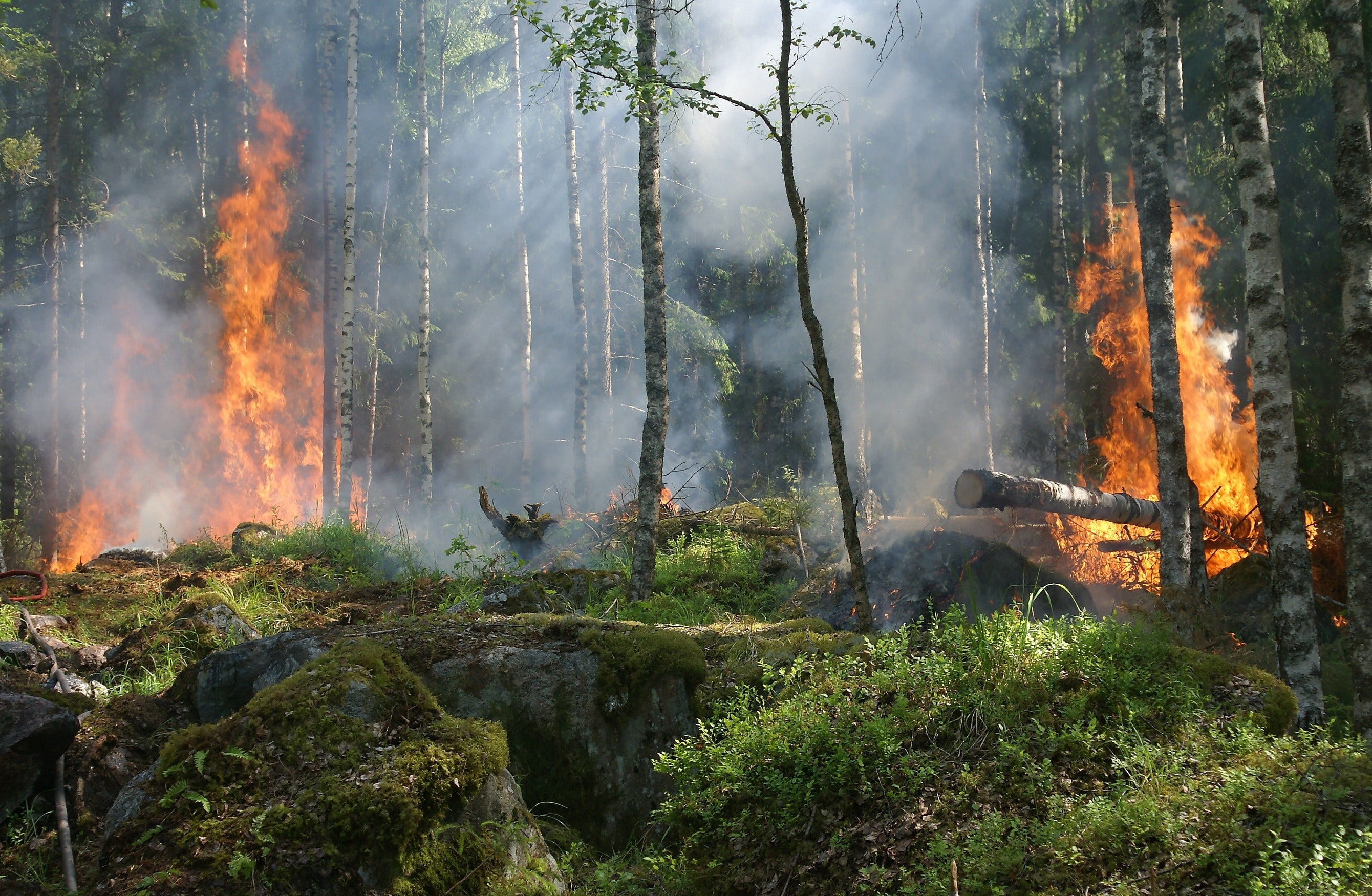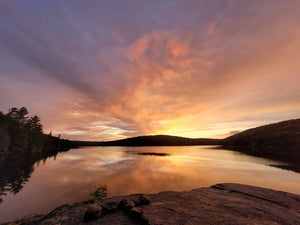Forest fires have long been associated with destruction and devastation. The smoke from current wildfires raging in Ontario and Quebec have been seen as far south as New Orleans and having great impacts in New York City and other major cities along the Atlantic seaboard. However, it is important to recognize that forest fires also play a vital role in the natural processes of our ecosystems. While the immediate impact of wildfires can be devastating, they bring about several long-term benefits to the environment. There are a few unexpected advantages of forest fires with their regenerative power.

Nutrient Cycling and Soil Fertility: Forest fires have a remarkable ability to promote nutrient cycling and enhance soil fertility. When vegetation burns, the nutrients locked within the plants are released back into the soil. The resulting ash acts as a natural fertilizer, replenishing the soil with essential minerals and elements necessary for plant growth. This renewal of nutrients supports the growth of new vegetation, fostering a healthier and more diverse ecosystem.
Forest Regeneration and Succession: Despite the apparent destruction caused by wildfires, they initiate a process known as forest regeneration and succession. Many tree species have evolved to depend on fire for reproduction and growth. Some tree seeds are encased in protective cones that require intense heat to release them and stimulate germination. These seeds sprout in the nutrient-rich soil, giving rise to a new generation of trees and promoting biodiversity.
Clearing Underbrush and Reducing Competition: Over time, forests accumulate dry, dead plant material and underbrush, creating dense vegetation. Forest fires help clear out this excess vegetation, reducing competition for resources such as sunlight, water, and nutrients. By thinning the forest canopy, fires enable new growth to receive greater access to essential resources. This process allows for the establishment of diverse plant species and prevents the dominance of a few highly competitive ones, fostering a healthier and more balanced ecosystem.
Habitat Diversity and Wildlife Support: Forest fires create a mosaic pattern of burnt and unburnt areas, resulting in a diverse range of habitats. This variation in landscape promotes habitat diversity and attracts a wide array of wildlife species. Certain animals, like birds and small mammals, benefit from the immediate abundance of food and the presence of new growth after a fire. In the long term, fires create structural diversity in the forest, offering a mix of open spaces, standing dead trees, and young regenerating vegetation, which provide vital resources for different species.
Disease and Pest Control: Forest fires can help control the spread of diseases and pests. Many disease-causing organisms and insect pests rely on live plants for survival. By eliminating diseased or infested vegetation, fires disrupt their life cycles and reduce their populations. This natural control mechanism can prevent the outbreak and spread of certain pests and diseases, contributing to the overall health of the forest. Unfortunately, mosquito and tick populations will only be temporarily impacted and will rebound. (An issue I was hoping this might have helped.)
While forest fires can be devastating events and our hearts go out to all those affected by the current wildfires, it is important to recognize the underlying benefits they bring to our natural ecosystems. These fires act as a regenerative force, renewing the landscape, promoting biodiversity, and supporting the overall health of the forest. By understanding and appreciating the ecological role of wildfires, we can better manage and coexist with these natural phenomena, ensuring a sustainable future for our forests. Out of the ashes new life will be born and regeneration will happen.

Joel Heineman
Stix & Stones
Social Media Manager



